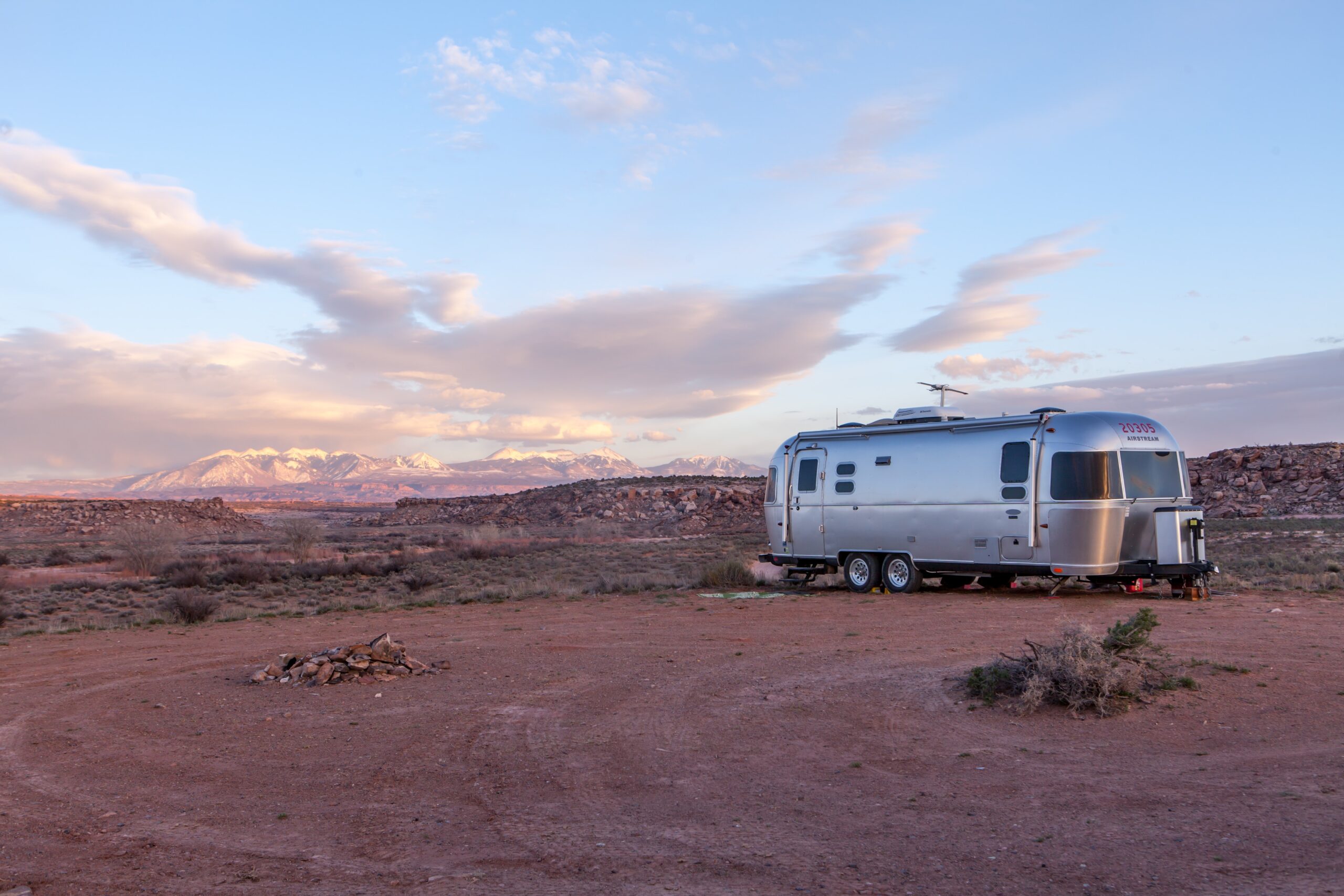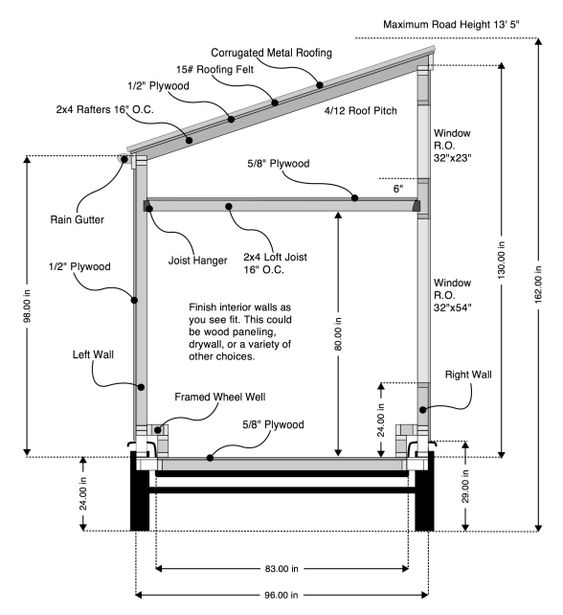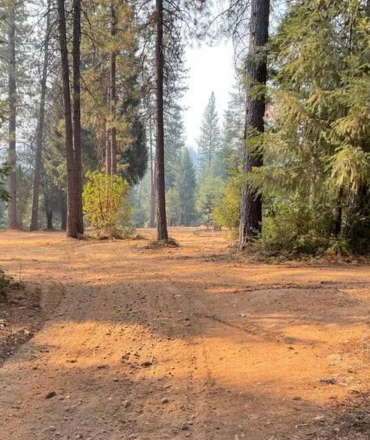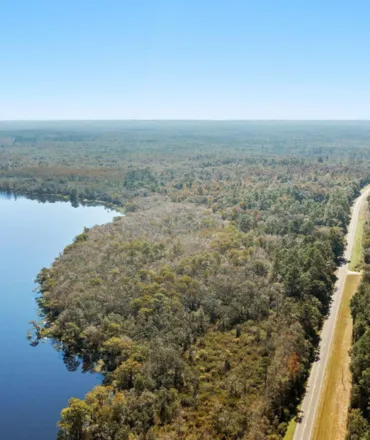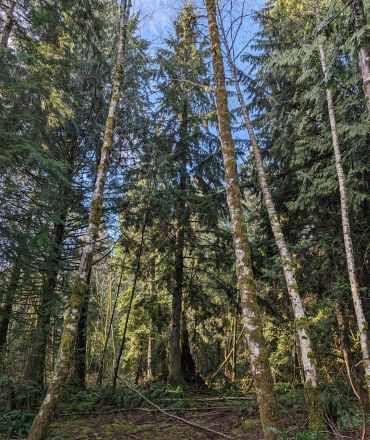Frequently Asked Questions
Tiny Houses, Tiny Living, Tiny Communities
What is tiny housing? What is tiny living?
The trend towards tiny homes has been dubbed as a social movement similar but opposite to consumerism. Consumerism is the tendency for people to live in an excessive materialism. This lifestyle revolves around a reflexive, wasteful, conspicuous, or excessive consumption. Consumption is understood to be a destructive force in society, resulting in the loss of traditional values and lifestyles, as well as consumer exploitation by big businesses, environmental degradation and psychological harm. The tiny house living is the opposite – people are opting to reduce the amount of space they have, live more simply, and do so with less. The tiny home lifestyle is embraced by many people. Living in a tiny space is not the only goal of the tiny house movement.
What is the average size of a tiny house?
What is a tiny home? What size is a tiny house? The average American home measures around 2,600 square feet. A tiny or small house is defined as a home measuring between 100 and 400 square inches. Although there are no rules for joining the tiny-house movement, people often refer to their tiny home as “the tiny life”. It is generally under 400 square feet.
You can rent or own tiny homes. A mini home can be built on wheels, or it may be set on a foundation. Many tiny houses can be parked on their own, while others are attached to larger homes or buildings. Other tiny houses can be parked on their own lots. Some tiny houses are built by the owners, while others are bought, modified from trailers or made from tiny house kits. There are many types of tiny houses, but all allow for simpler living in smaller spaces.
Why join the Tiny House Movement?
It may seem overwhelming to those who have not tried tiny house living. It may seem daunting to some people to choose to live in such a small space. However, “bigger is always better,” right?
There are many benefits to the tiny home movement. There are many reasons people might join the movement, but the most common reasons include financial concerns, environmental concerns, and the desire to have more time and freedom.
A tiny lifestyle can provide huge financial benefits and a life full of adventure. The roof is the most important thing for Americans. It takes 1/3 to 1/2 their income. Many people will spend much of their time trying to figure out how they can afford their home. A house purchase often requires at least 15 years of work over your life to pay it off. 76% of Americans live paycheck to paycheck due to the high cost of a typical-sized home.
We do our best to get bigger houses than what we need. We work hard to fill our homes with more stuff, even if we don’t need them. Many Americans feel overwhelmed by their busy schedules and obligations. They are tired of the rat race.
What’s the alternative to high living costs?
Living smaller is one solution. This realization has brought many people to the tiny home movement. Although tiny homes may not be for everyone, the costs of tiny houses are significantly lower than full-size buildings.
My own journey began in an apartment that cost $1700 per month. This includes utilities, insurance, and other costs. My bills almost vanished once I moved into my tiny home. It now costs me $15 (yes, fifteen dollars!) Each month. I was able to save a lot of money by building my tiny house in less than 2 years. Even if youre not ready to make the leap, there are lessons you can learn to break the debt cycle in which nearly 70% of Americans are stuck.
Over 30 years, the cost of purchasing an average-sized home can rise significantly. A $290,000.00 home will cost you the initial purchase price. However, it also includes interest, taxes and insurance. This can add up over a million dollars to the total cost of your home’s lifetime. This is the true cost of a home.
What’s the tiny house movement?
These are the different viewpoints of tiny house owners on why they choose to live in a small home. The tiny house movement is all about simplifying, freedom, and sustainability. It’s about finding housing that suits your lifestyle. It’s not just about decluttering your space and home, but also decluttering obligations, social lives, and stress. The tiny life is about financial freedom, living a more fulfilled life and having the luxury to do what you want.
How to Design a Tiny House?
Are you interested in joining the mini-house movement but aren’t sure where to start? This guide will show you how to design a tiny house, and the steps to follow before you buy. Before you make the leap, gather as much information about tiny houses as possible. Talk to other tiny house owners before you look for tiny homes. You might also consider renting an apartment or home. Learn how to make the most out of your tiny space by learning design and packing techniques.
Building Tiny
Why is tiny home building so popular?
Because a tiny house costs less than an average home. The cost of maintaining your tiny home is very low once you have purchased it (current trends in tiny house sales show that tiny homes cost between $10,000 to $40,000). You may need to rent land or insurance depending on where your tiny home is located. But, in the end, tiny houses can save you a lot of money.
The Joy of Living with Less and The Small Living Movement
It’s not surprising that many homeowners are overwhelmed by the price of their home.
It is clear that the tiny life is on the rise! The tiny house movement is gaining international attention through coverage on CNN, AP and Guardian as well as Huffington Post, NBC and PBS. My site attracts thousands to thousands of visitors every month, hoping to find out how they can simplify, downsize and live with less. Many tiny house owners have blogs about their experiences, and many of them report the same trend towards small living.
Who buys tiny homes?
Anybody who cares about simplifying their lives, achieving financial independence, and ensuring that they are environmentally conscious. You can live a tiny life and still have the freedom to experience life’s adventures.
The Tiny living lifestyle includes: tiny homes, life simplification, self sufficiency and sound financial plans.
There are 55% more women than there are men (compared to 45%). A tiny house owner is twice as likely to have a Master’s degree than a typical college graduate. Two out of five tiny house owners are older than 50. The average income of tiny house owners is $42,038, meaning that they earn $478 more per year.
How Can you Describe Tiny House Living?
The tiny life is lived on one’s own terms so it can look a little different for each person. However, there are certain commonalities among tiny house owners. Many members of the tiny-house movement have also experienced impressive savings. This infographic will help you understand the essential statistics of tiny houses and how tiny living can be achieved. What is a tiny house? This will give you a better idea.
You may be surprised at some of the information about tiny houses. 68% of tiny house owners don’t have a mortgage, compared to 29.3% for all homeowners in the United States. It is not surprising that 78 percent of tiny home homeowners own their home. 55% more small-home owners also have greater savings than the average American. 32% of tiny-home owners have more that $10,000 saved for retirement.
Because a tiny home is smaller, it is much easier to maintain. You can imagine how much time you will save maintaining a tiny home with its average square footage of 186 square feet. The average American home is 11 times larger than the average “regular-sized” one. This means that upkeep takes a lot more time.
A Tiny House: Why? Tiny Home Owners Listen to Their Own Words
Below are a few videos that explain why the tiny home movement is so popular. The owners of tiny homes shared the benefits they have seen since making the move to a simpler lifestyle. You don’t have to own a tiny house, but there are many truths that you can use to live the life you want.
The Tiny Life: Tiny Homes, Simple Living
The Tiny Life: Next Step
What happens when you move into a tiny home? There is so much written about tiny house plans and how to build them. Once all the details are in place, how do you live the life that you want? This raises interesting questions: What are your plans for a simpler life and financial freedom? What are you going to do with your spare time? This video explains how I answered this question, and what I learned about life after I joined the small house movement.
